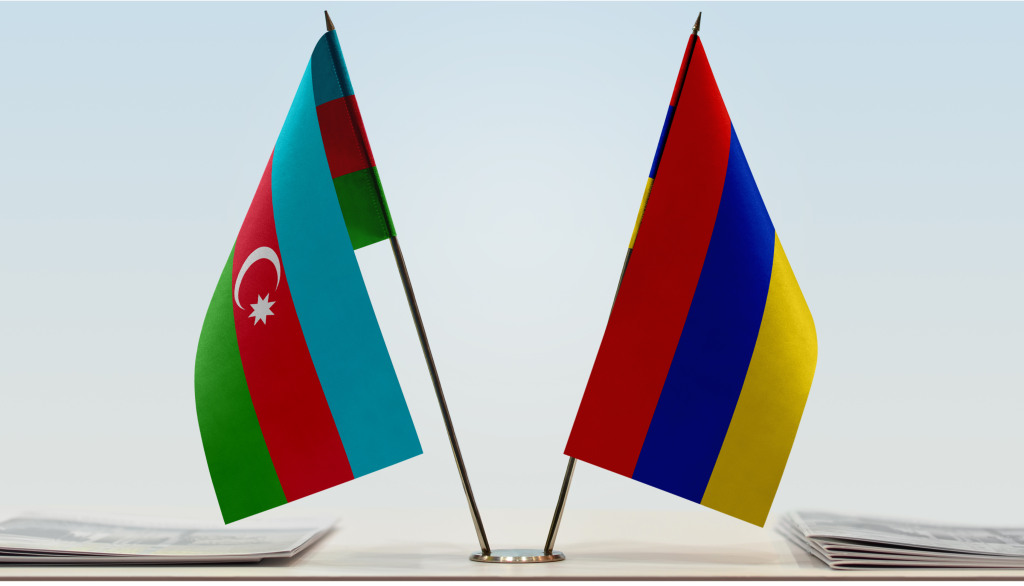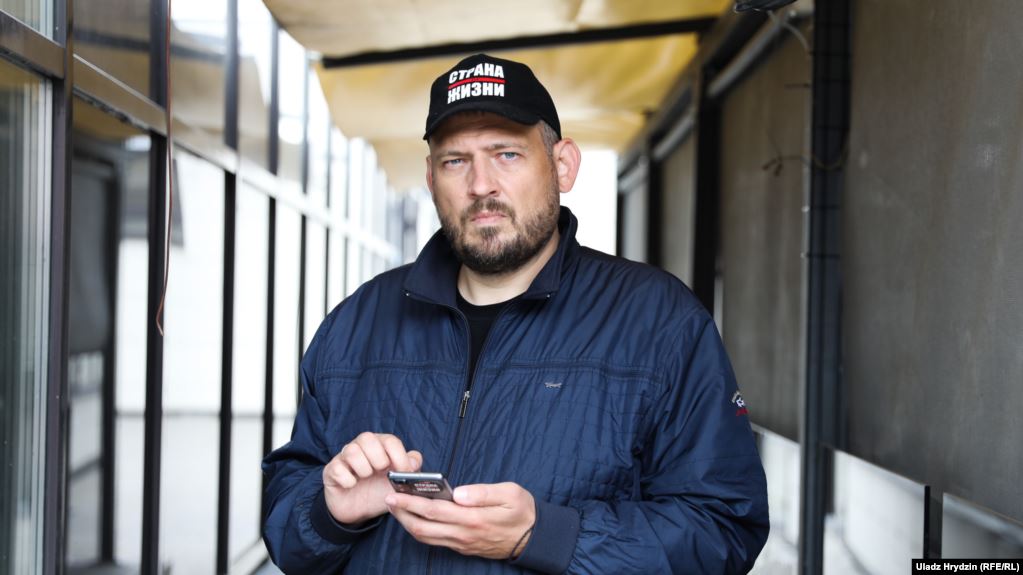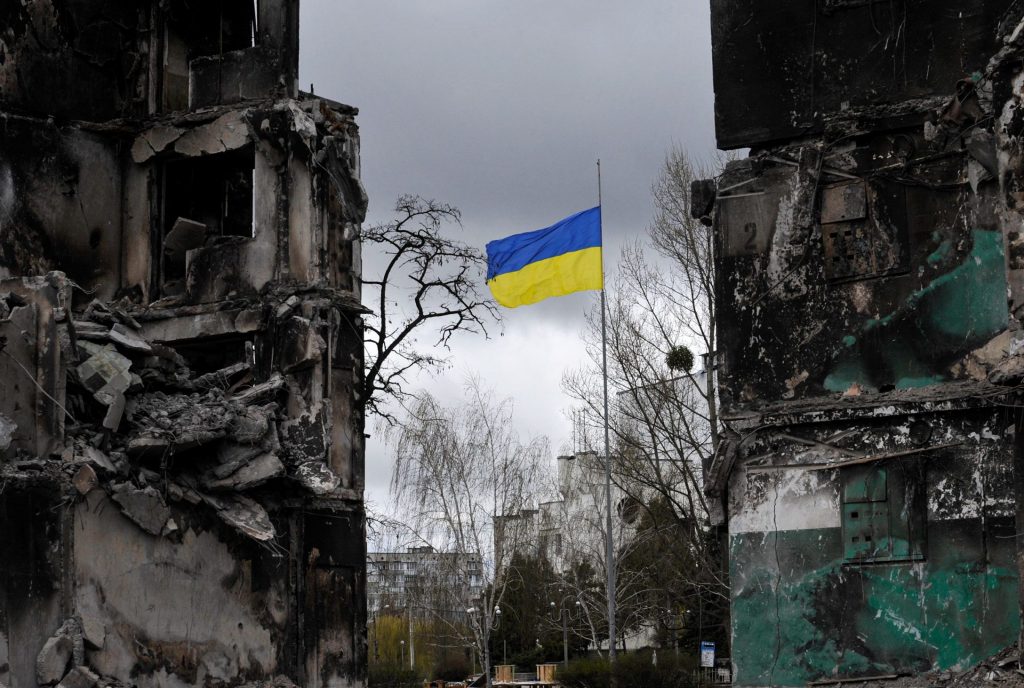Longworth House Office Building 1324
Stream live here
Religious persecution is not limited to totalitarian states. Illiberal democracies often infringe on religious freedom in more subtle ways. While dictators see unsanctioned religious thought and practice as a challenge to their control, illiberal democracies are willing to tolerate religion or permit groups to co-opt state functions to enforce their ideology. Religious freedom is essential to democratic society, animates the American founding, and has long been a pillar of U.S. foreign policy. However, to meet the challenge of global persecution, U.S. policy must keep pace with changing conditions.
Knox Thames will discuss how to reinvigorate the U.S. approach to combatting religious persecution. During his time in government, Thames shaped international religious freedom commitments and policy in Republican and Democratic administrations. He is the author of the recent book Ending Persecution: Charting the Path to Global Religious Freedom.
Panelist:
Knox Thames, senior fellow and director of the Program on Global Faith and Inclusive Societies at Pepperdine University
Media contact
- Email csce.press@mail.house.gov
- Phone (202) 225-1901









